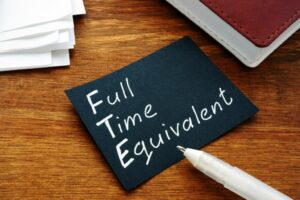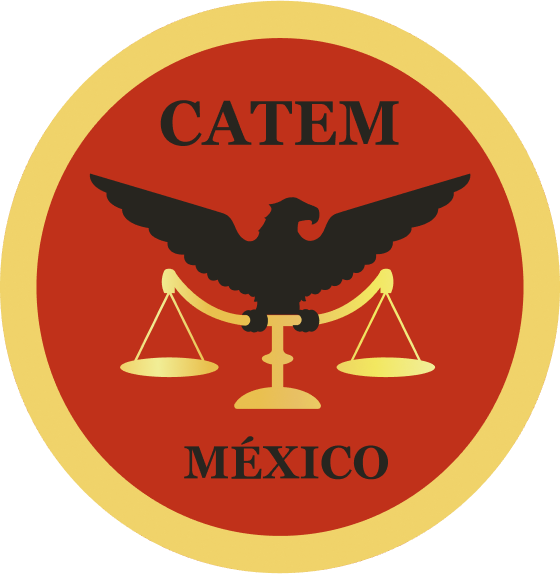Fixed asset definition

This fixed assets line item is paired with an accumulated depreciation contra account to reveal the net amount of fixed assets on the books of the reporting entity. Examples of fixed assets or noncurrent assets include property, plant, and equipment. The company’s inventory also belongs in this category, whether it consists of raw materials, works in progress, or finished goods. All these are classified as current assets because the company expects to generate cash when they are sold.

It is used to record all depreciation expenses up to the reporting date. Fixed assets affect the income statement through depreciation expenses that the entity charges during the period. Fixed assets are company-owned, long-term tangible assets, such as forms of property or equipment. Being fixed means they can’t be consumed or converted into cash within a year.
Three Classifications of Assets
The main difference between current and non-current assets (fixed assets) is their expected useful life. Depreciation expenses are recorded in the period that the entity charges assets in the income statement. They can be things like cash, accounts receivable, furniture, machinery, patents, logos, and even social media accounts. An asset is anything of value that a company or person owns to achieve their goals.
- They are used in business operations and provide a long-term financial benefitFixed assets are used by the company to produce goods and services and generate revenue.
- Thus, a laptop computer could be considered a fixed asset (as long as its cost exceeds the capitalization limit).
- The presentation of fixed assets should be the most appropriate representation of how the fixed assets are used at an organization and the nature of the organization’s business.
- This separation of assets helps to provide a clear picture of the company’s liquidity (ability to meet short-term obligations) and long-term investments.
- Some of the commonly accepted methods of recording are depreciation and asset disposal method.
A fixed asset shows up as property, plant, and equipment (a non-current asset) on a company’s balance sheet. Many organizations choose to present capitalized assets in various asset groups. It is common to segregate fixed assets on the balance sheet by asset class, such as buildings or equipment, as separate lines on the balance sheet. This better shows the composition of an organization’s fixed assets and gives readers of financial statements more visibility into how fixed assets are being used. For example, a manufacturing company will probably have significant amounts of machinery and equipment as those are key to the primary business operations in that industry. Depending on the nature of an entity’s business, it may make sense to group items that share common characteristics or purposes.
Tangible vs. intangible assets
There is no specific ratio or range that defines a “good” turnover ratio. Instead, companies’ turnover ratios are very industry specific and other factors must be considered. For example, a company that purchases a printer for $1,000 with a useful life of 10 years and a $0 residual value would record a depreciation of $100 on its income statement annually. Proper categorization could help them to do the reconciliation effectively and correctly. Proper categorization of assets could also assist the accountant in doing fixed assets depreciation calculations correctly and effectively. Current assets refer to assets that are either expected to be converted into cash or consumed within one year or the operating cycle of the business, whichever is longer.
Form 497K PRUDENTIAL INVESTMENT – StreetInsider.com
Form 497K PRUDENTIAL INVESTMENT.
Posted: Wed, 22 Nov 2023 19:54:47 GMT [source]
Fixed Assets are typically tangible assets like physical items or property owned. They are acquired for a long period with the purpose of carrying out long-term business. In addition to being called property, plant, and equipment (PP&E), they are not intended for sale. Fixed assets are used to generate taxable income and cash flow for a company or a physical existence of a product that is easily converted through operations such as production or rental. The initially capitalized cost of a fixed tangible asset is also used to calculate accumulated depreciation, which is a crucial factor in determining a company’s net income quickly. A higher fixed asset turnover ratio indicates greater efficiency, as the company generates more revenue per dollar of long-term assets owned.
Assets Vs. Fixed Assets
Another classification of fixed assets is that they are non current assets; thereby, they are not expected to be easily converted into cash. There are also intangible fixed assets, though these generally don’t appear on the balance sheet. These are non-physical assets that have long-term value and are used in business operations but may or may not be depreciable. Organizations may present fixed assets in a number of different ways on the balance sheet. Conversely, they could also be presented as the gross value of total fixed assets along with the accumulated depreciation recognized to date, aggregated to their net value.
Additionally, fixed assets can be used as collateral for loans and sold to raise funds in the event of a financial crisis. It’s paramount to know the full scope of their costs—not just the purchase price but also the maintenance costs and expected lifetime. These costs must be measured against how well the asset retains fixed asset accounting examples value plus your expected return on investment (ROI). Let’s look at the five stages of the asset life cycle and then examine how each stage is affected by or impacts a business’s financial statements. Over time, the valuation of the asset depreciates, and you can expense the depreciation of the asset in increments.
Fixed Assets Vs. Current Assets
In general, a higher asset turnover ratio is preferred, as it indicates a company is effectively using its assets to generate sales. A fixed asset turnover ratio of 1.5x means that for every dollar invested in fixed assets, the company generates $1.50 in revenue. You’ll find fixed assets listed under long-term assets on the balance sheet, though they can affect other financial statements as well (we’ll go over that a little later).
- 5 years divided by the sum of the years’ digits of 15 calculates to 33.33% which will be used to calculate depreciation expense.
- These items also appear in the cash flow statements of the business when they make the initial purchase and when they sell or depreciate the asset.
- Assets are divided into current assets and noncurrent assets, the difference of which lies in their useful lives.
- Together, current assets and current liabilities give investors an idea of a company’s short-term liquidity.
- They can be things like cash, accounts receivable, furniture, machinery, patents, logos, and even social media accounts.
- You’ll find fixed assets listed under long-term assets on the balance sheet, though they can affect other financial statements as well (we’ll go over that a little later).
Asset impairments are less likely towards the end of an asset’s useful life, because ongoing depreciation has reduced its carrying amount to a great extent. A rental property or real estate company may use buildings and land to generate rental income or capital expenditures. These other noncurrent assets are intended to be used for a period of more than one year, and their value is expected to depreciate over time. Physical assets are depreciated while no-physical assets are amortized. Click here to learn the difference between depreciation and amortization.
Most tangible assets, such as buildings, machinery, and equipment, are depreciated. However, land cannot be depreciated because it cannot be depleted over time unless it contains natural resources. For example, a delivery company would classify the vehicles it owns as fixed assets. However, a company that manufactures vehicles would classify the same vehicles as inventory.



Leave a comment